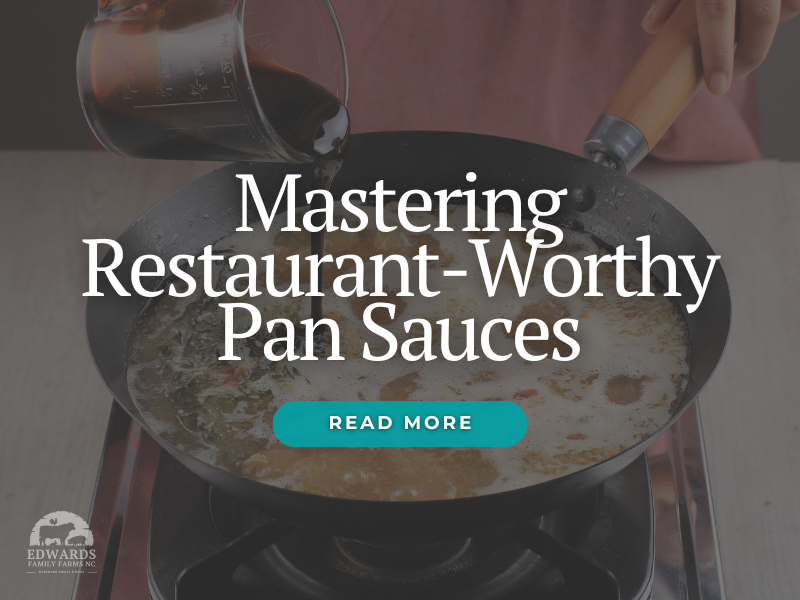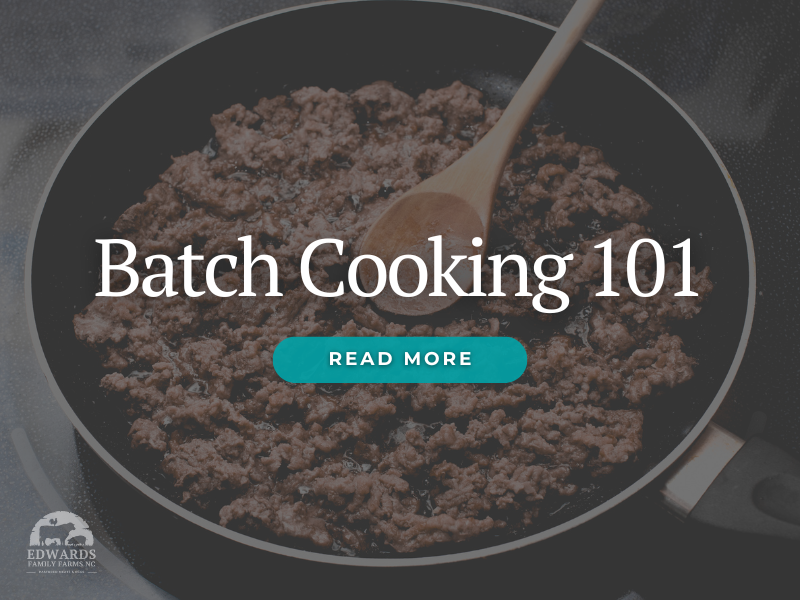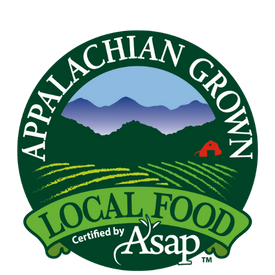The Secret to Flaky Pie Crusts
posted on
November 8, 2024
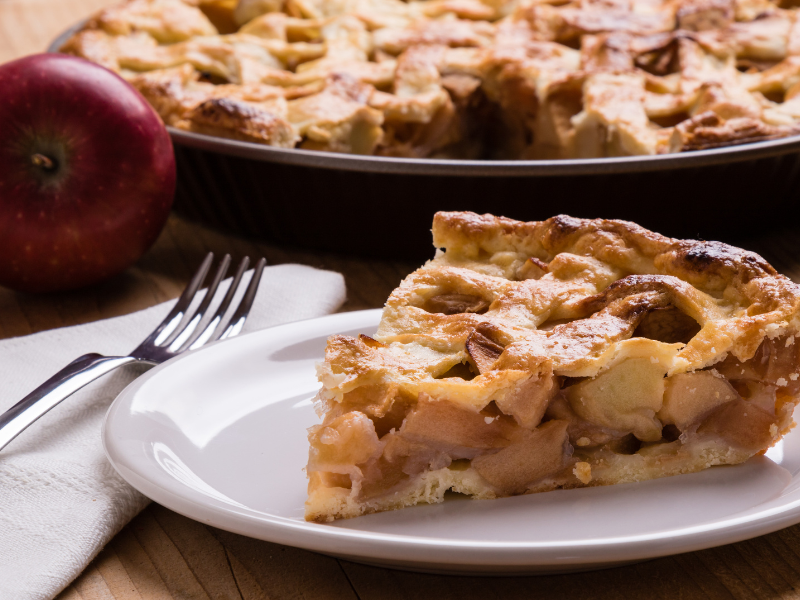
So here’s the deal with pie crusts: they’re either a total win or a flaky flop. But if you’ve got some pork leaf fat on hand, you’re halfway to pie crust greatness.
Leaf fat, which comes from around the pig's kidneys, is the best fat for a tender, flaky crust. If you're new to baking with leaf fat, don’t worry—it's simpler than you’d think and makes a world of difference.
Here’s how to make the pie crust that’s sure to impress even the toughest pie critics in your family (like grandma).
Ingredients
- 1 cup pork leaf fat rendered into lard (super chilled)
- 2 1/2 cups all-purpose flour
- 1 tsp salt
- 1 tbsp sugar (optional for a hint of sweetness)
- 1/2 cup ice water (you may not use it all)
The Game Plan
If you have not rendered your leaf fat into lard yet, click here for the step by step.
1. Prep That Lard: First things first—make sure your lard is well-chilled. We’re talking as cold as that slice of Thanksgiving pie you thought about sneaking from the fridge at midnight. Cold fat = flaky crust. So, chill it in the fridge or freezer for about 20 minutes.
2. Get the Dry Stuff Ready: In a big ol’ bowl, whisk together the flour, salt, and sugar (if you like a bit of sweetness in your crust). No need for fancy tools here; a regular whisk or fork will do the trick.
3. Cut in the Lard: Cut that chilly lard into cubes, then use a pastry cutter (or your hands if you’re feeling old school) to work it into the flour. You’re aiming for a mix that looks like coarse crumbs with a few pea-sized bits of lard in there. Those little pockets of fat will make your crust deliciously flaky.
4. Add Ice Water (Slowly): Now, grab a fork and sprinkle in the ice water, one tablespoon at a time. Mix gently after each addition until the dough just starts to come together. Don’t overdo it, though—overmixing can make your crust tough. You want a shaggy, scrappy-looking dough that sticks together when you press it.
5. Form and Chill: Gather the dough into two discs, wrap them up tight in plastic, and pop them in the fridge for at least an hour. If you can let it chill for up to two days, even better! Chilling lets the gluten relax, which means a softer, easier-to-roll crust later.
6. Roll It Out: When you’re ready to make some magic, roll out the dough on a lightly floured surface to your desired thickness. The leaf lard makes it easy to roll without melting everywhere, so you’re in good hands here.
7. Bake or Fill: Now it’s decision time. Blind bake your crust at 375°F for 15-20 minutes if you’re going the no-filling route (think cream pies, custards, or just a crust for snackin’—no judgment here). Or go ahead and load it up with your favorite filling and bake to golden, flaky perfection.
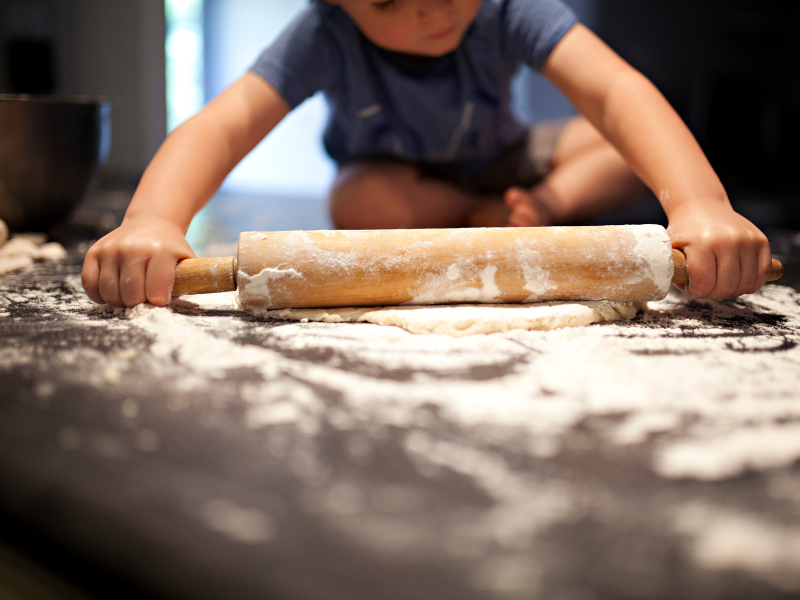
The Results
Once you’ve tasted this pie crust made with leaf fat, you’ll never go back. It’s buttery, it’s flaky, and it’s got just the right amount of rustic charm.
Serve it up, let people wonder what your “secret ingredient” is, and bask in the glory of making a pie crust that’ll be the talk of the table.
Ready to give it a try? You’ve got this—and with that pork leaf fat, you’re already halfway to pie greatness.


